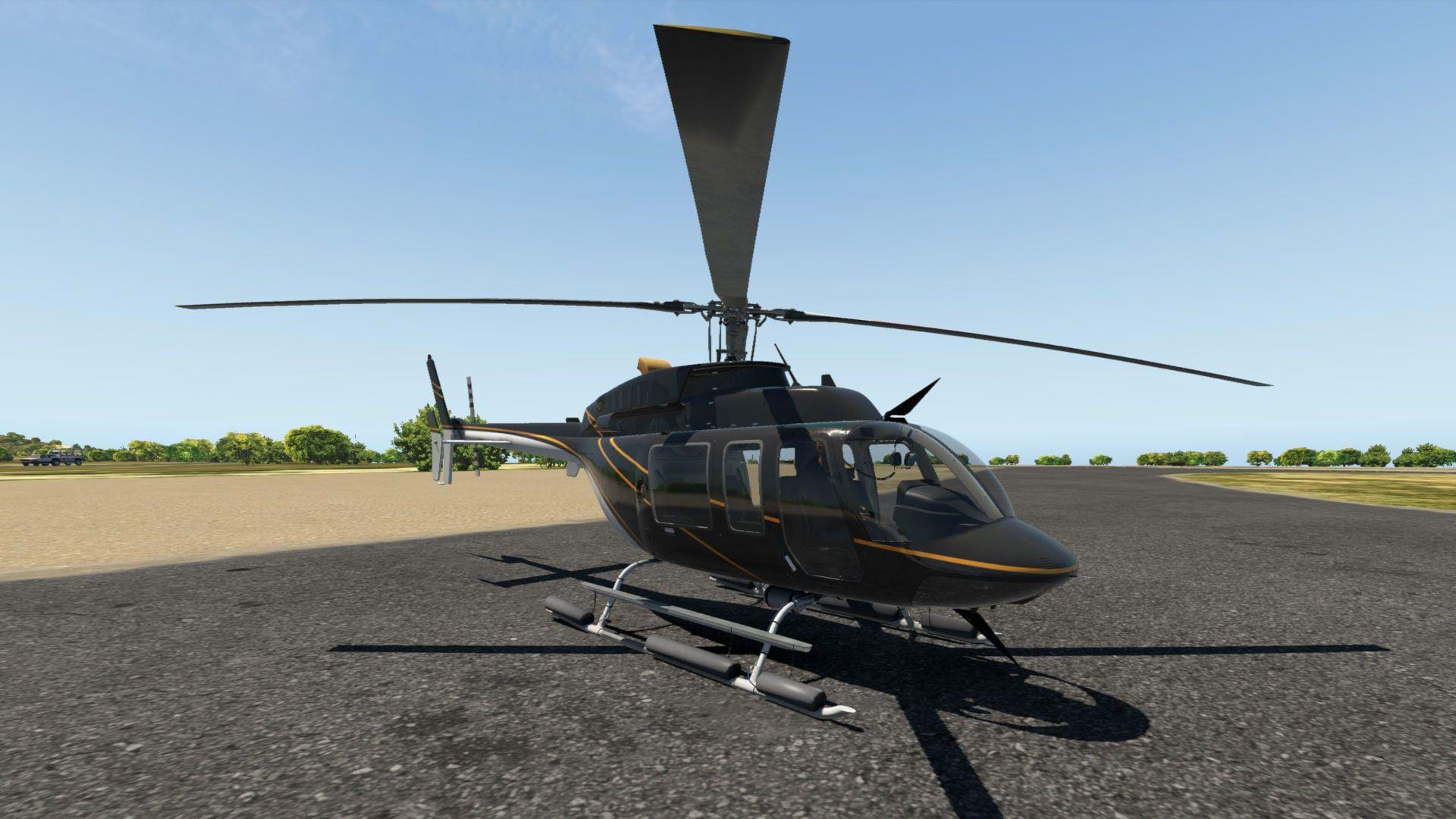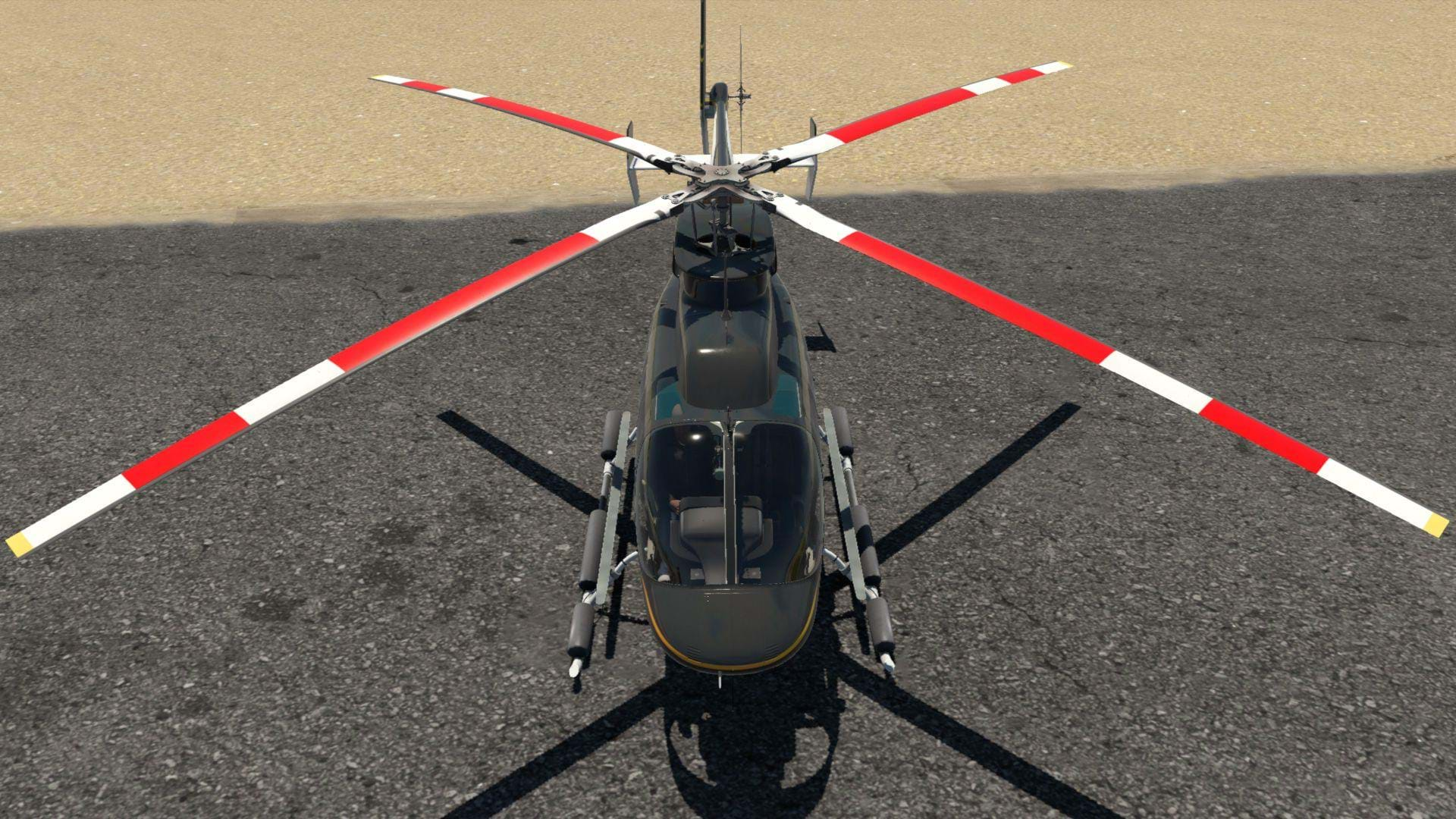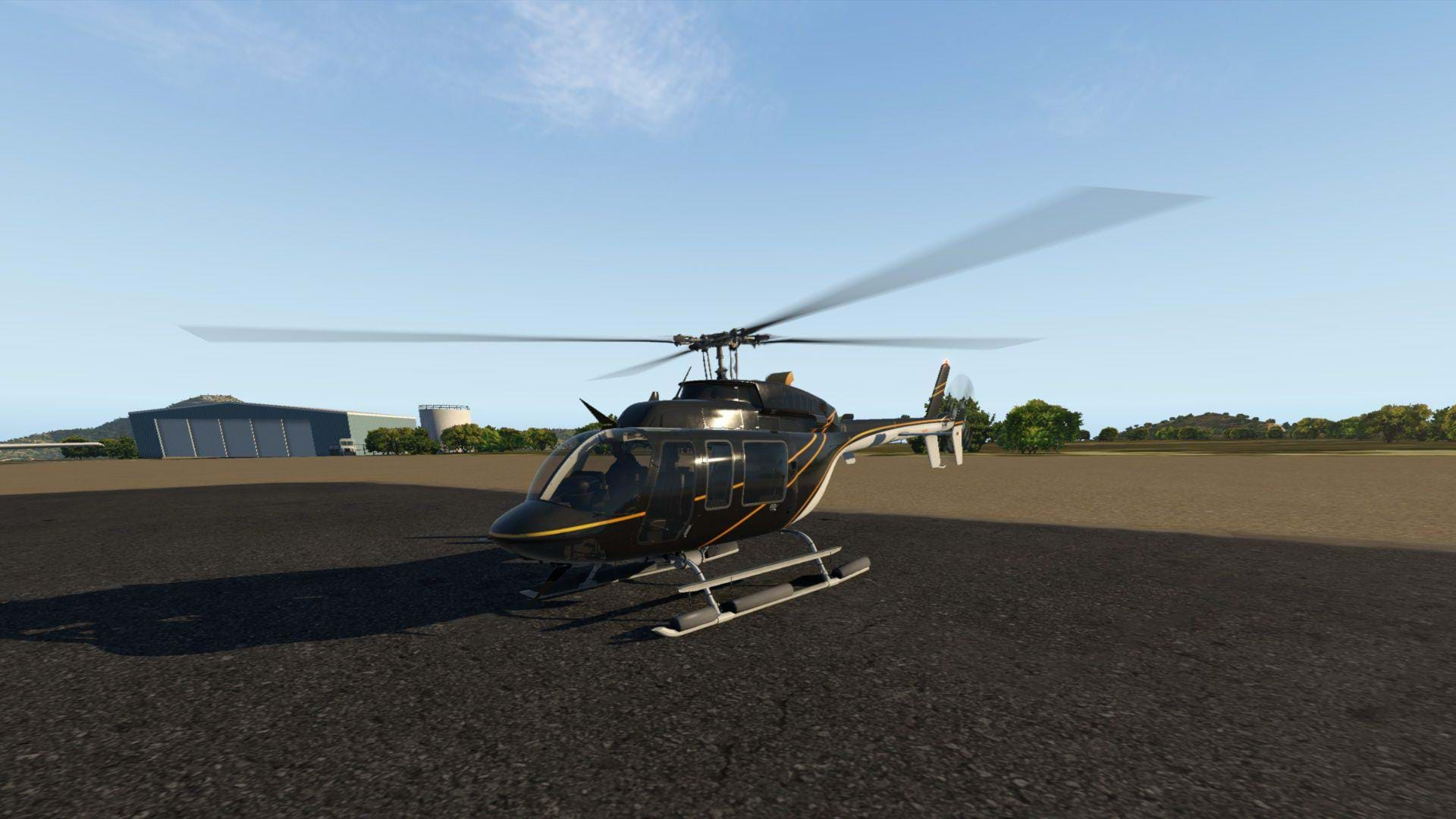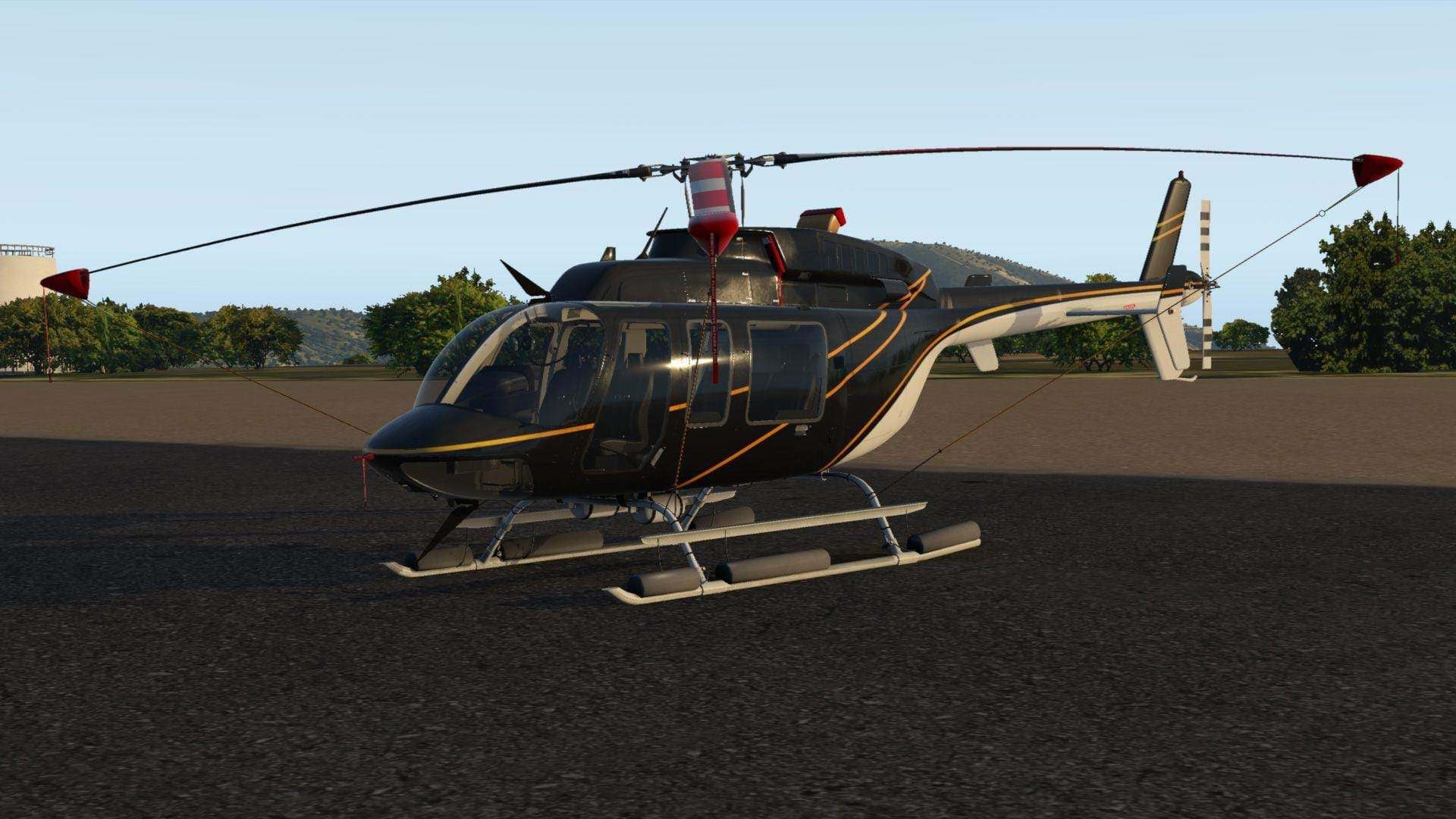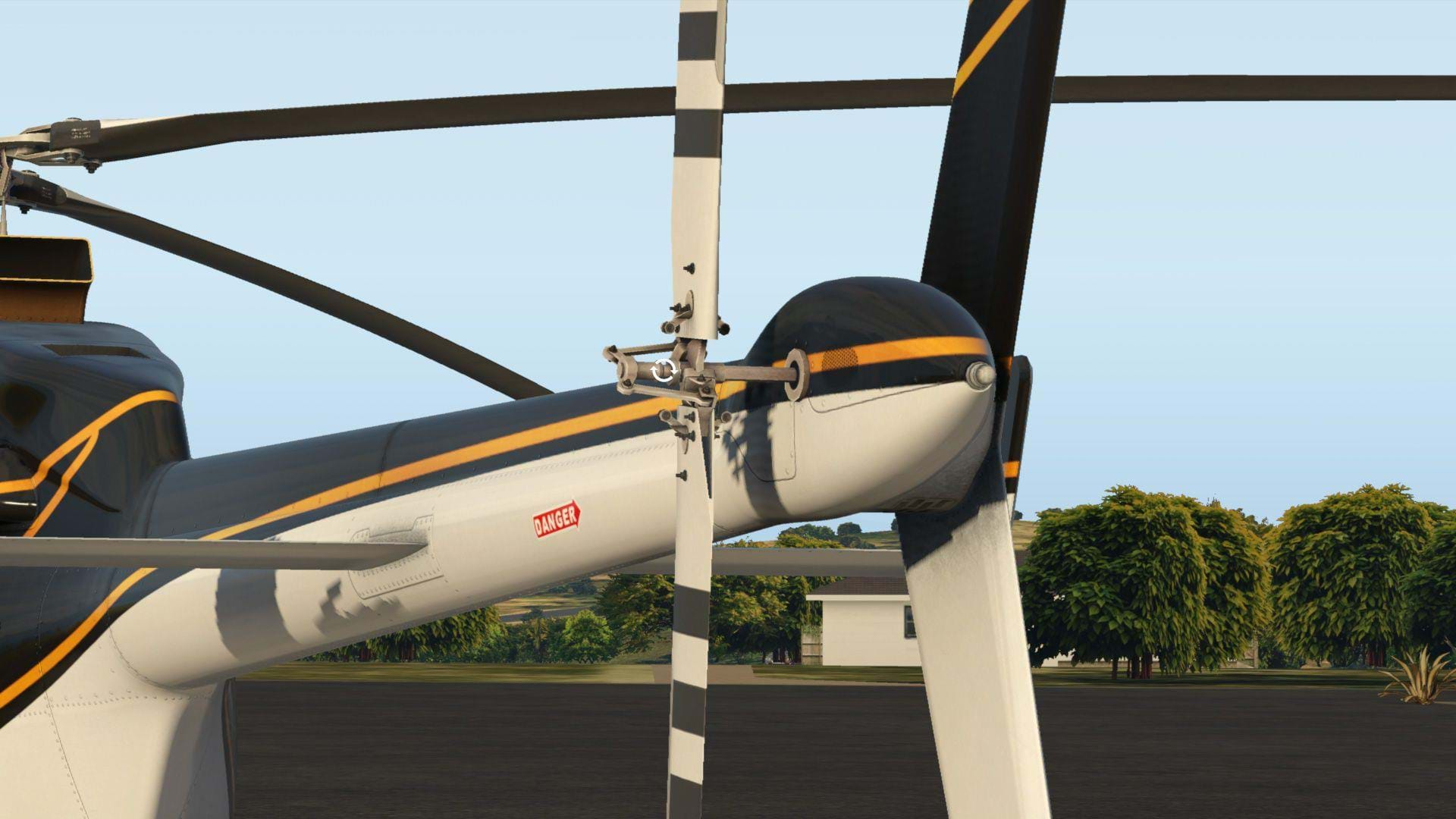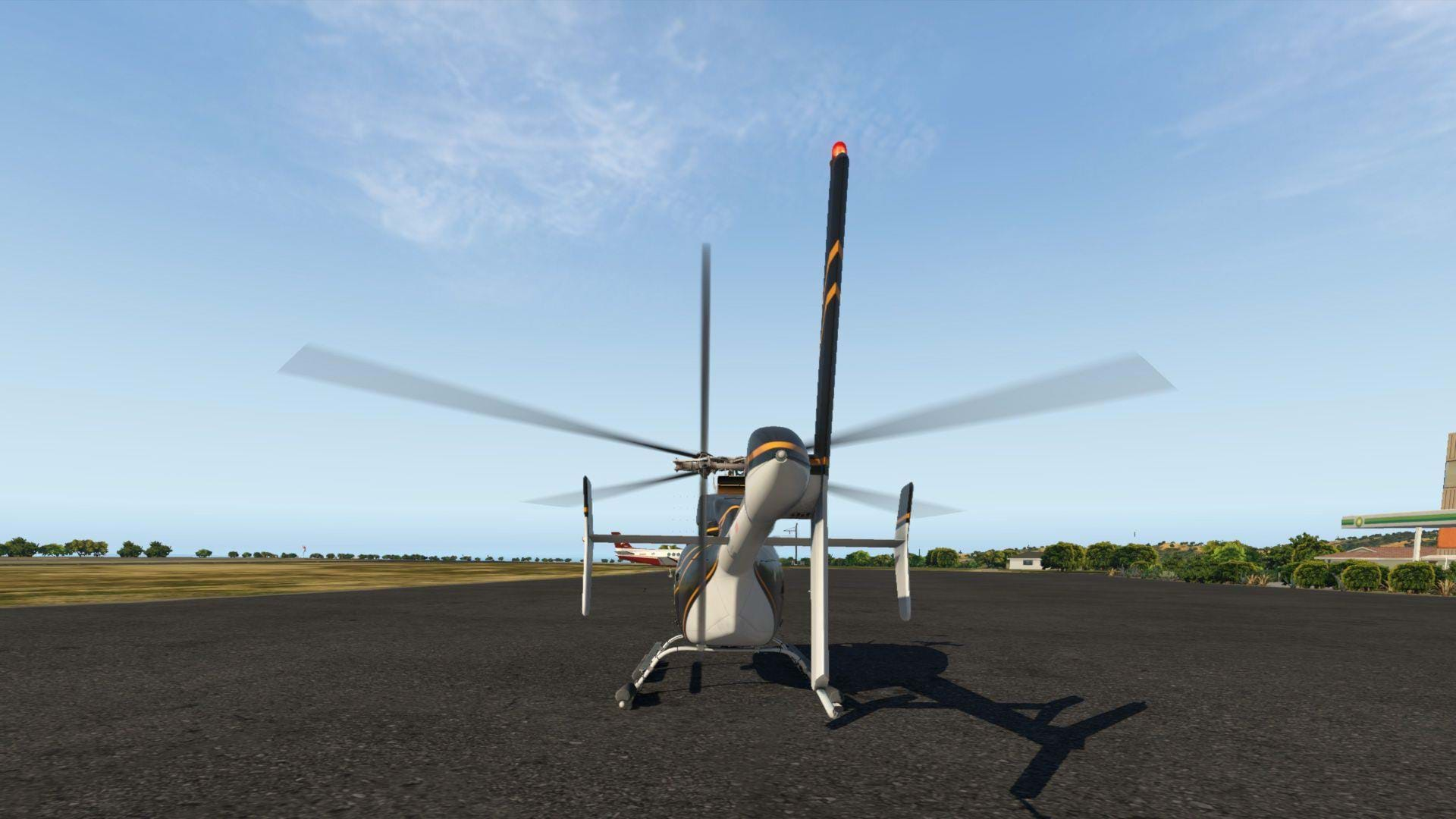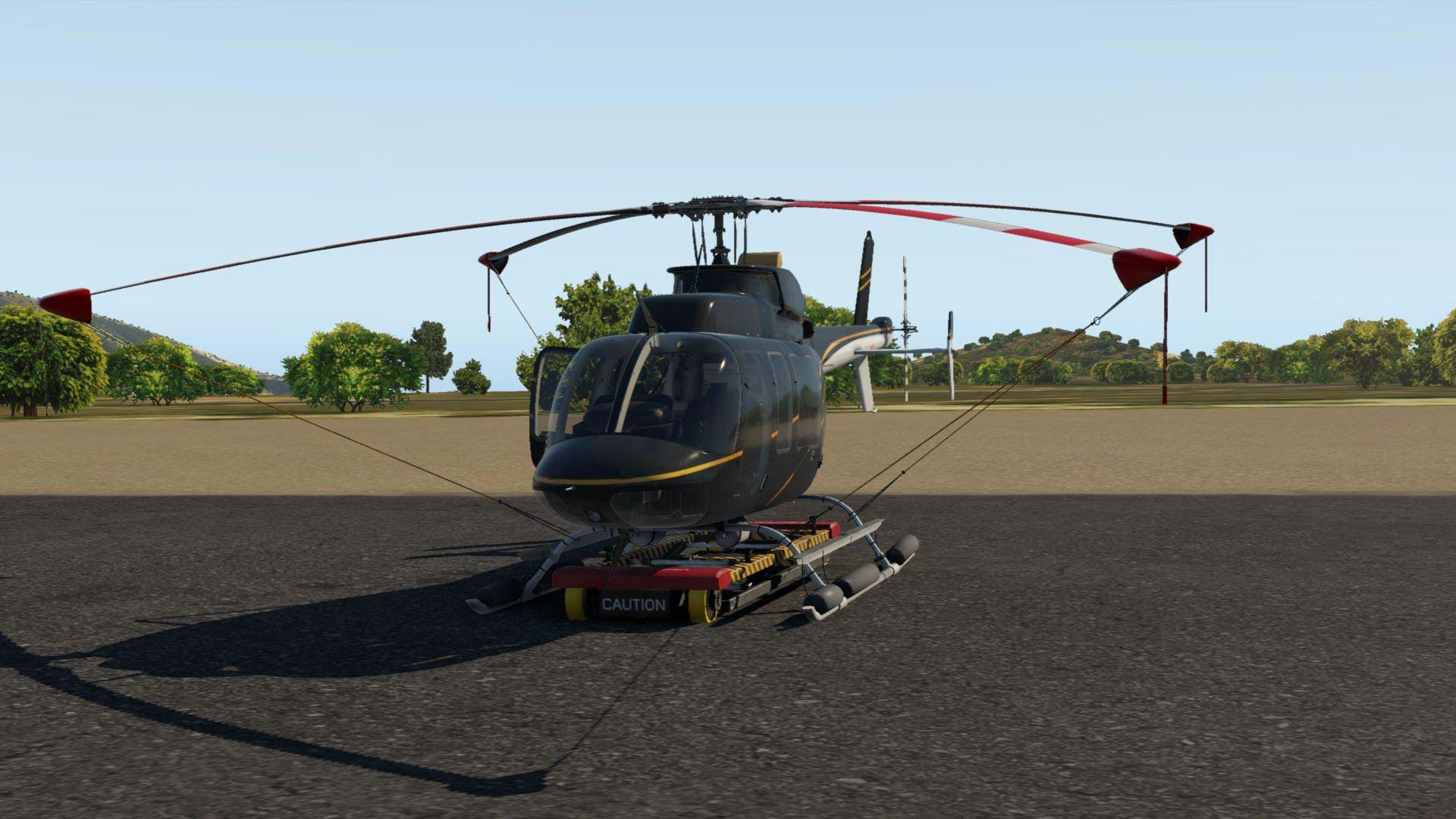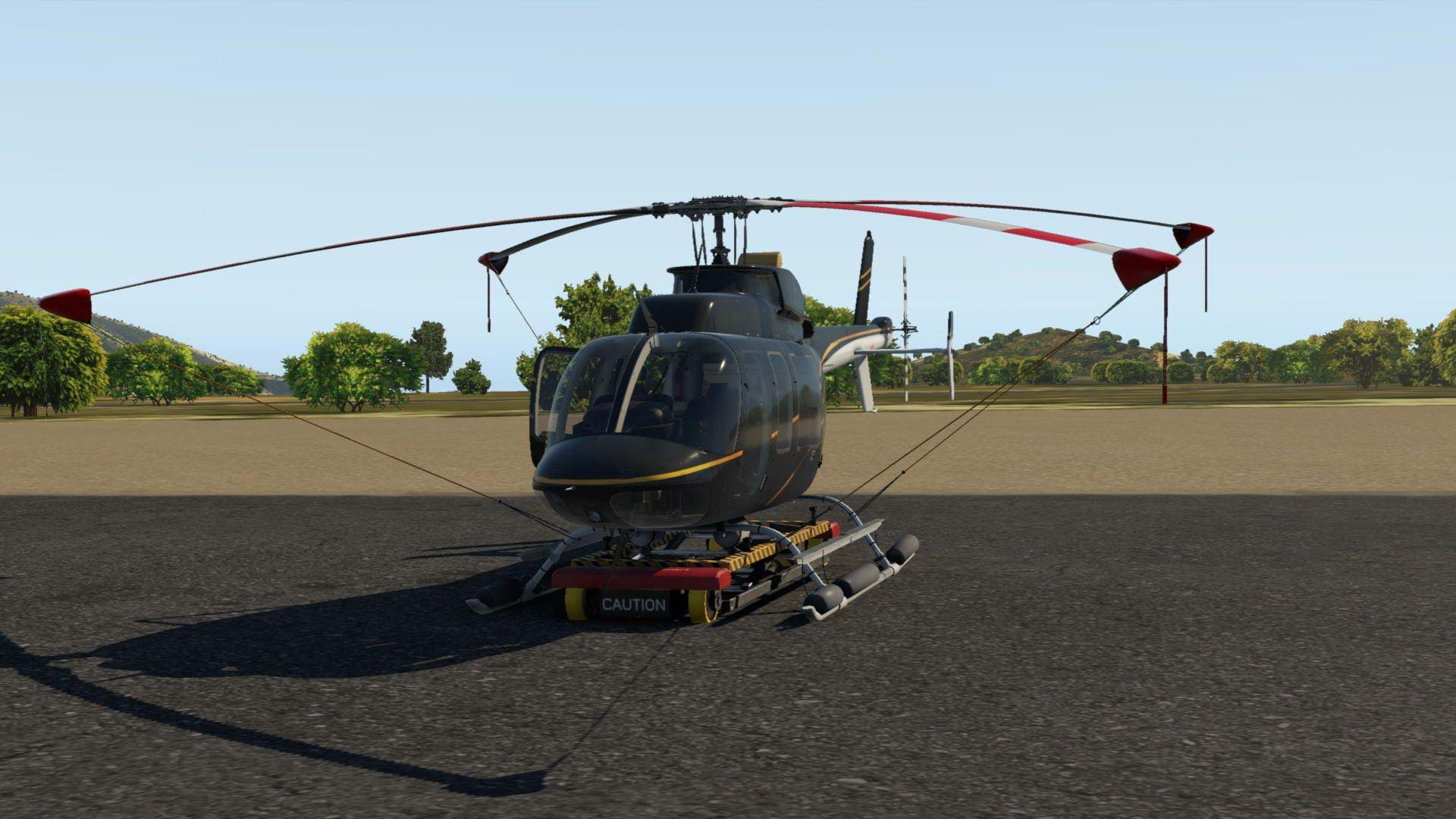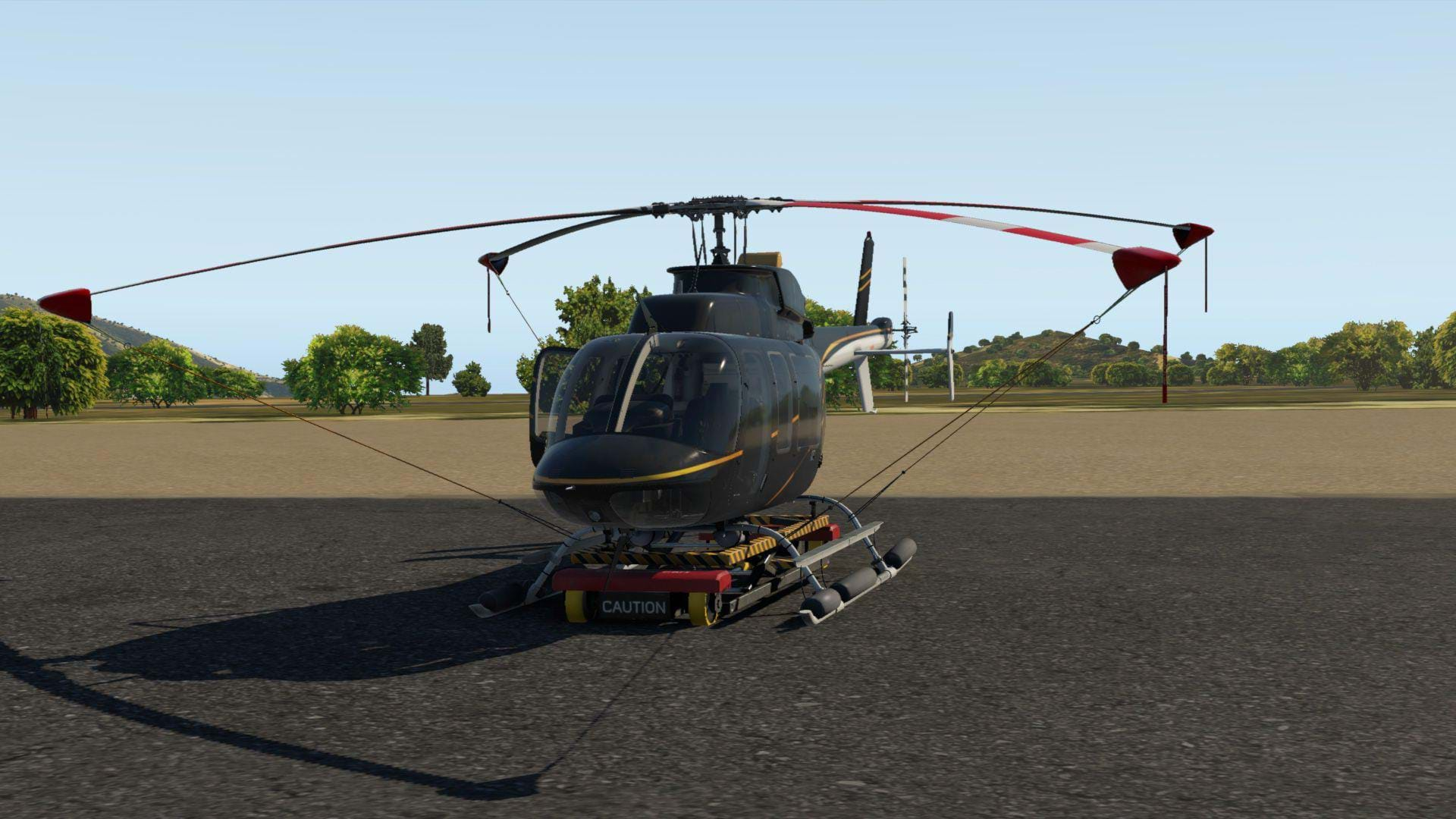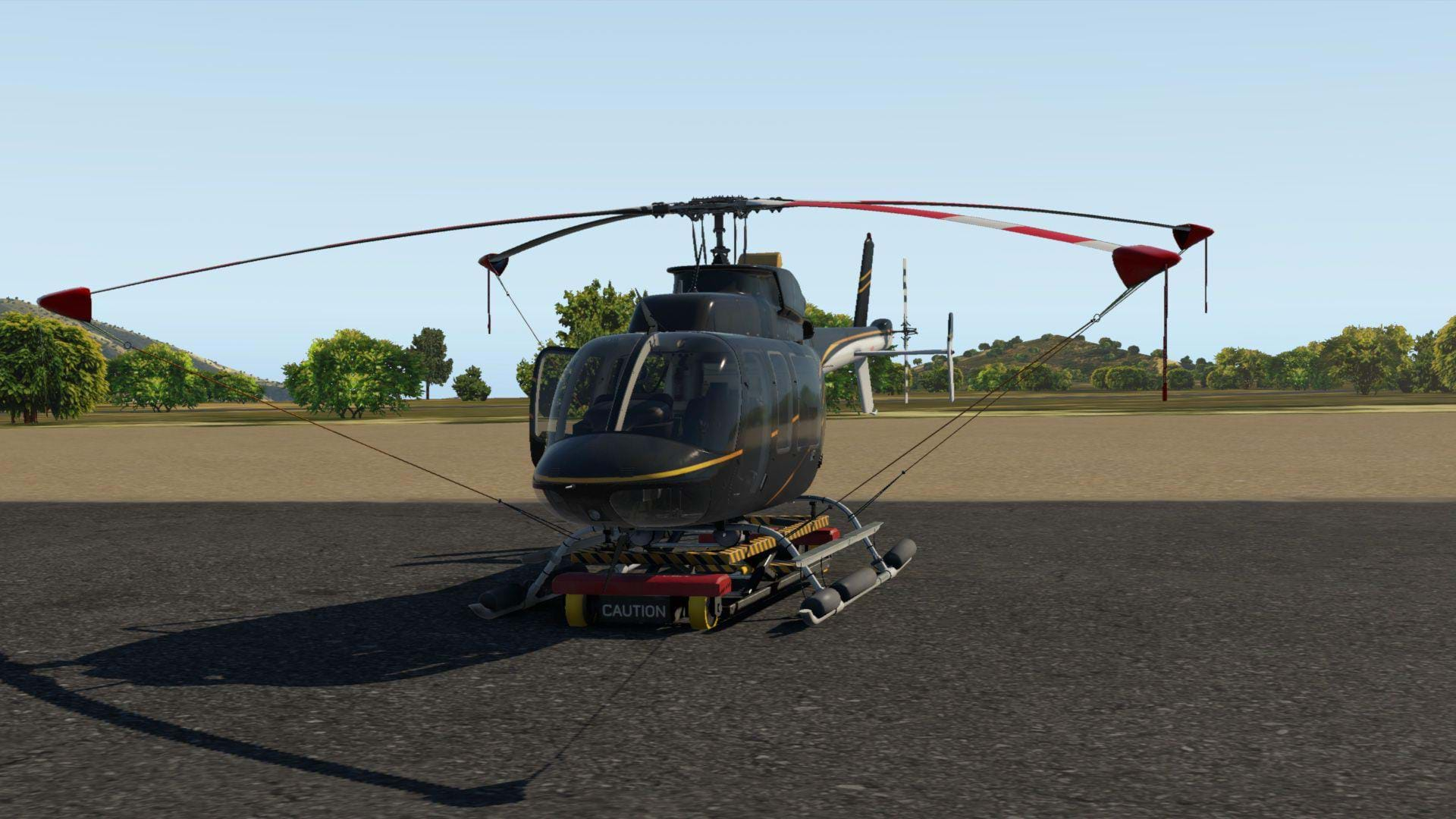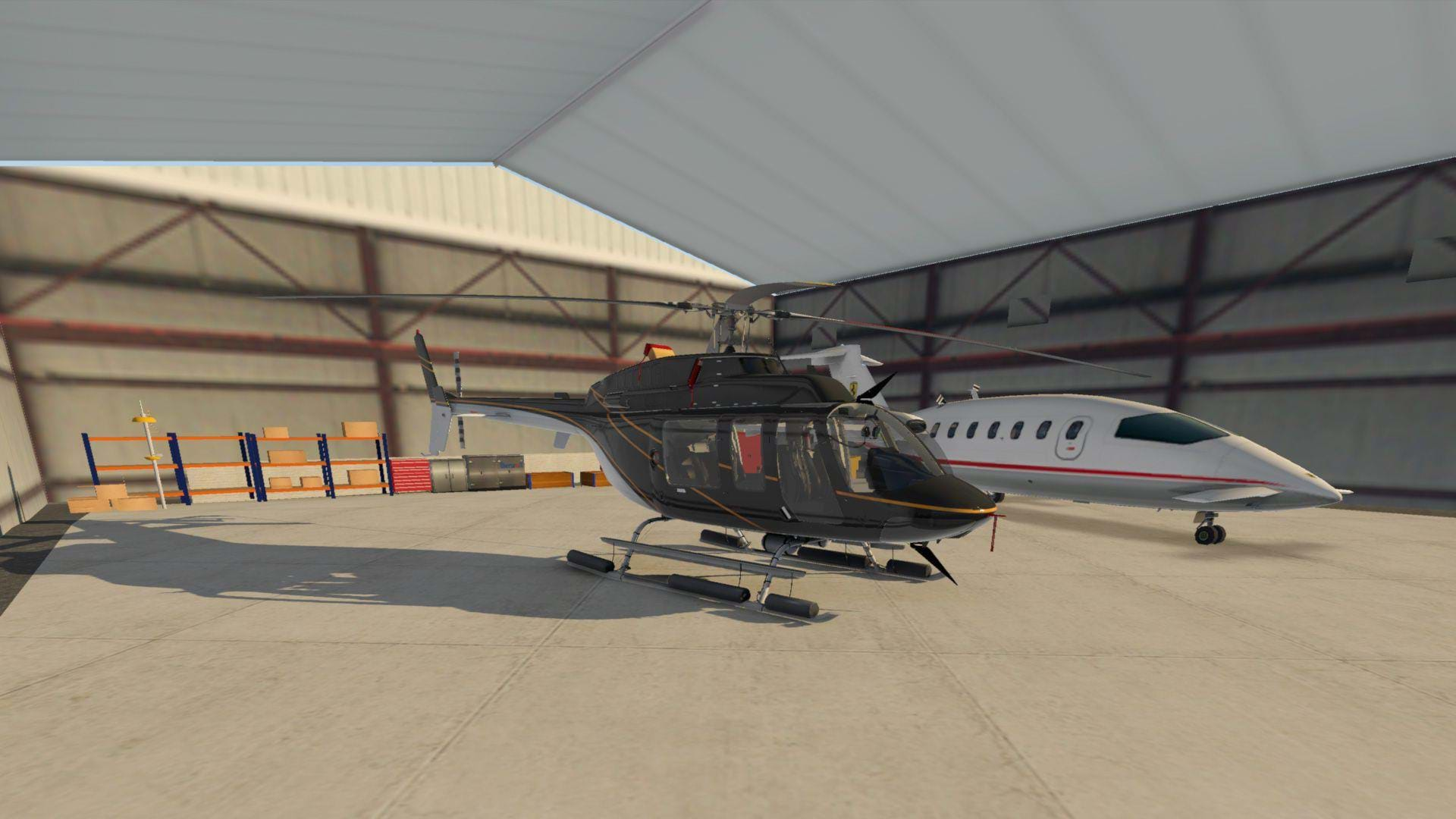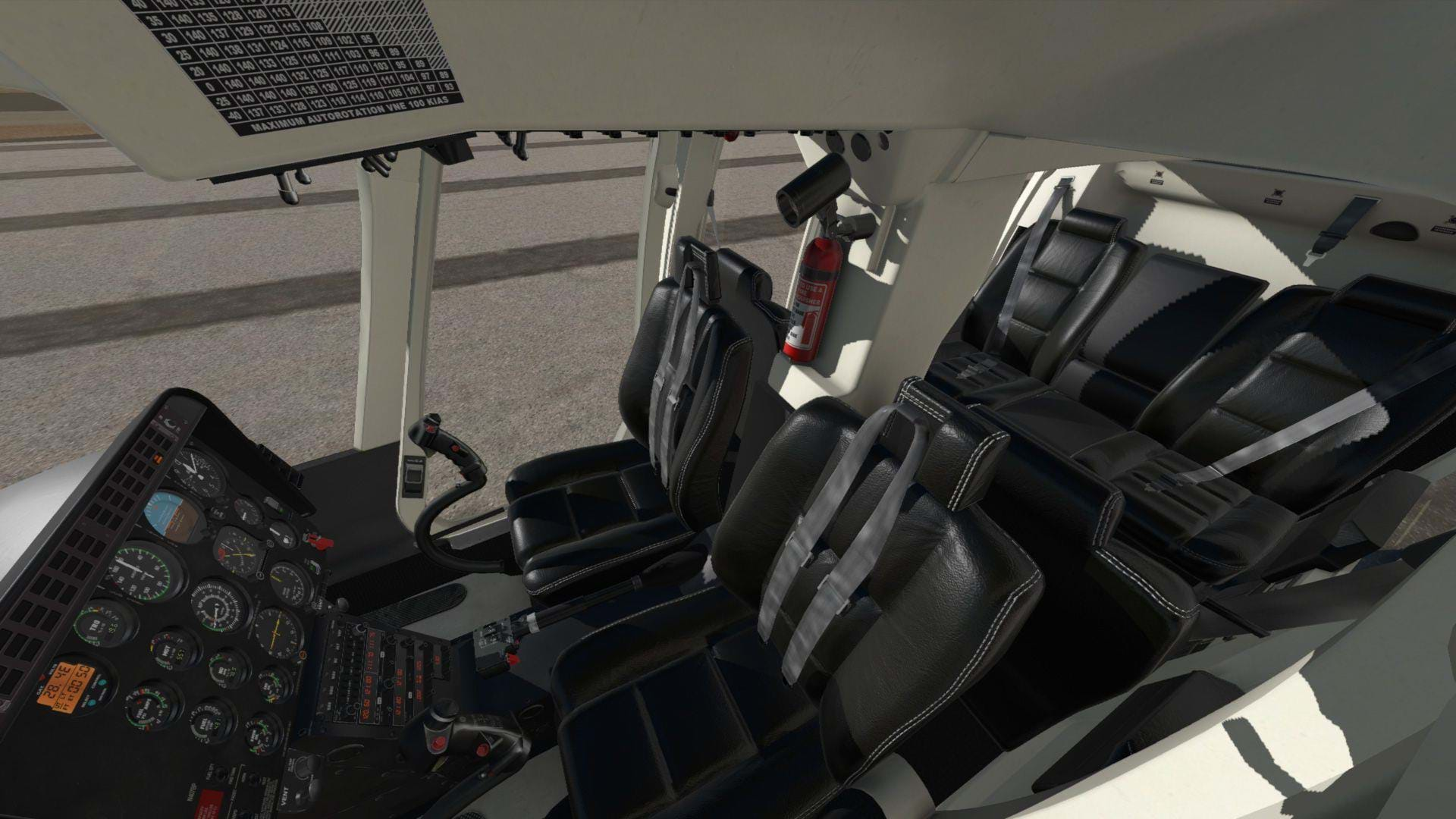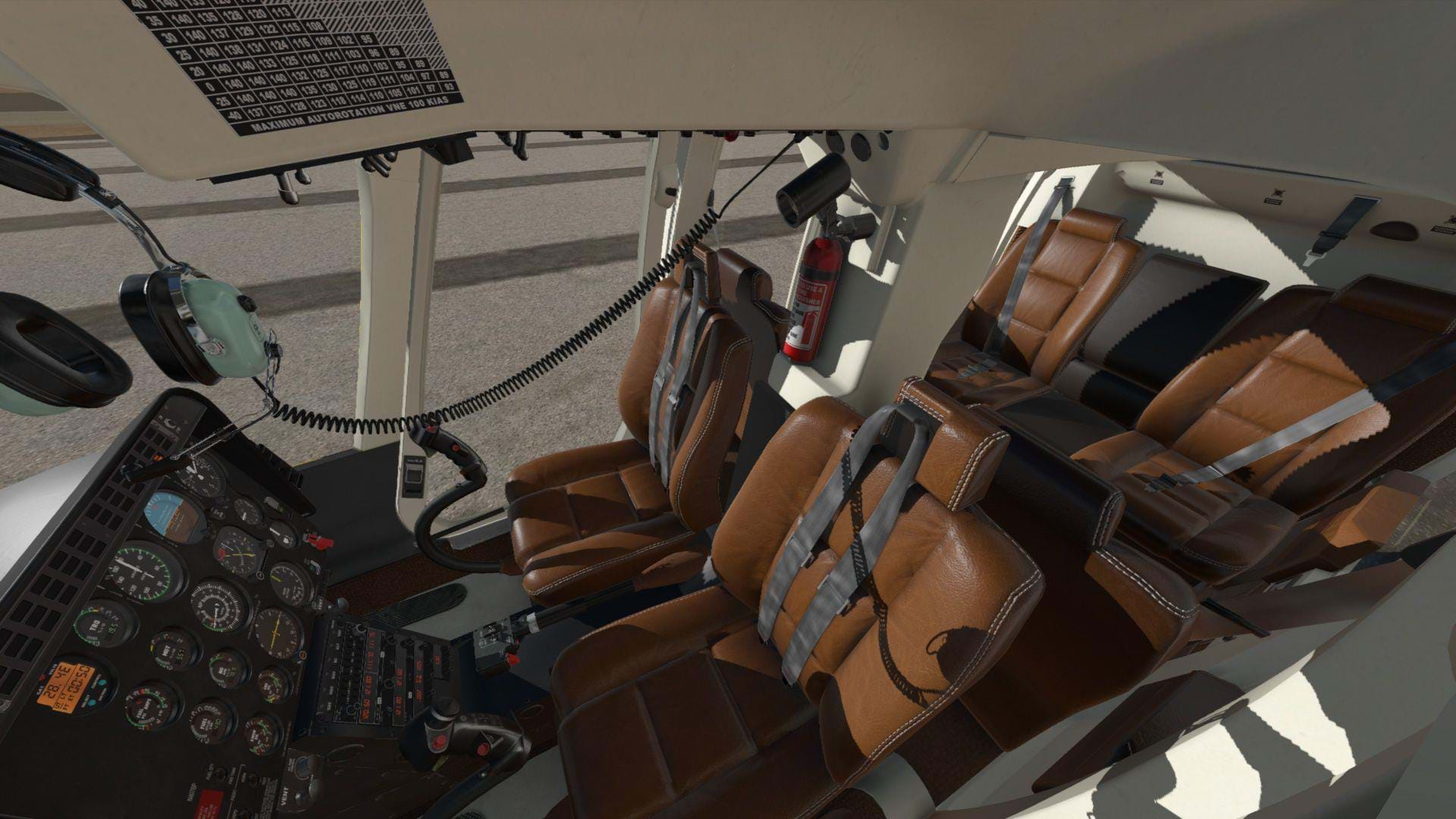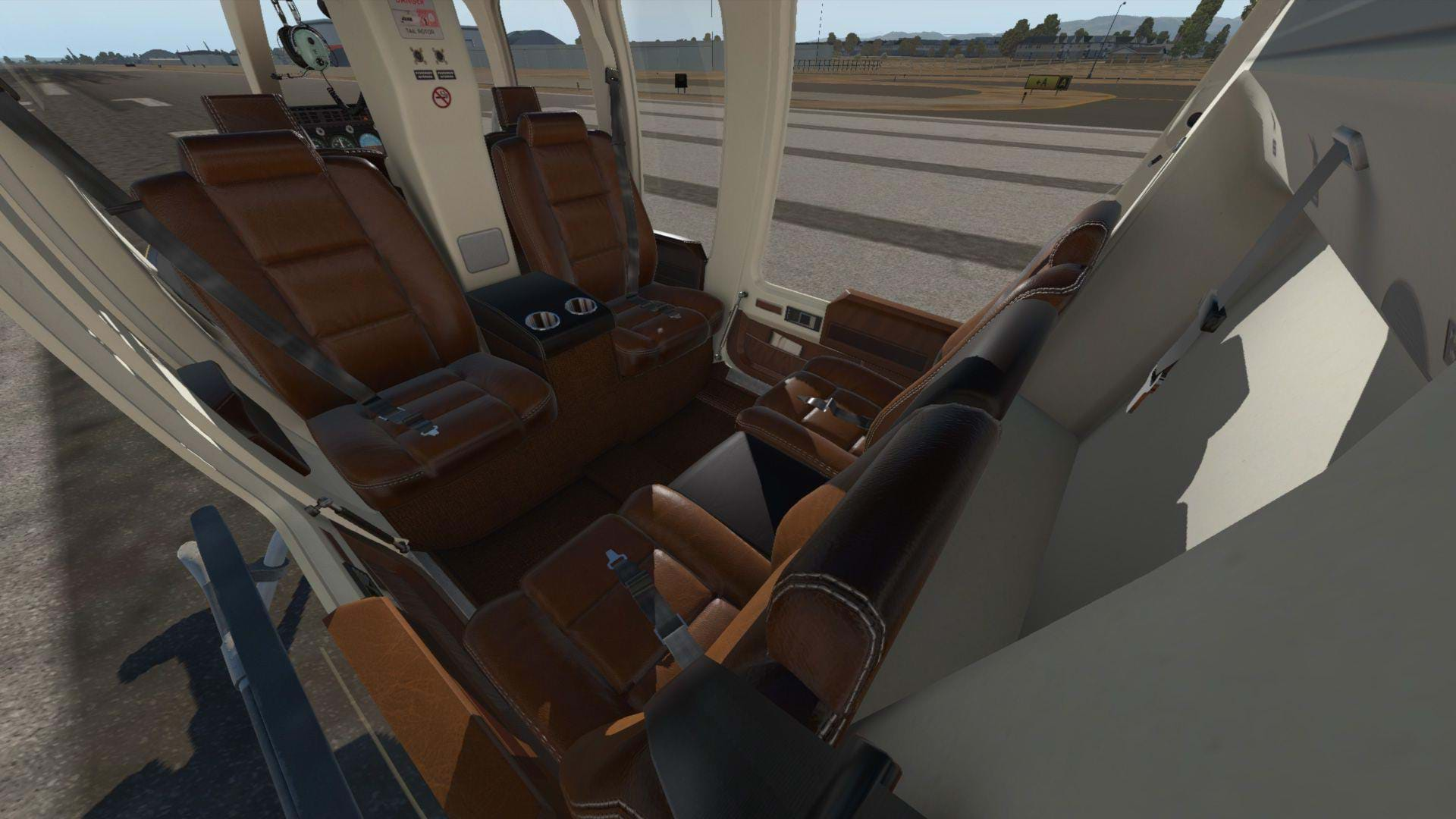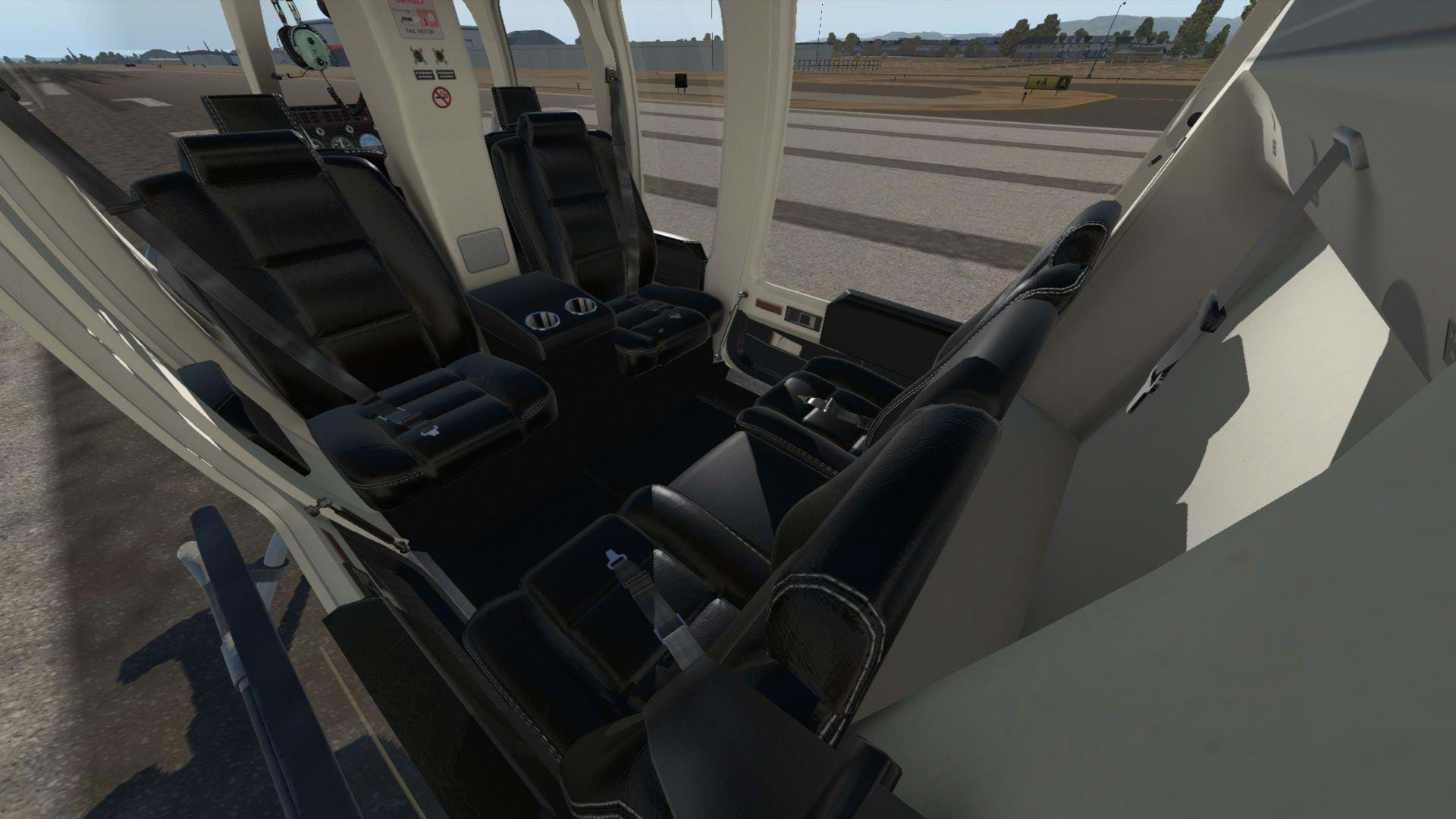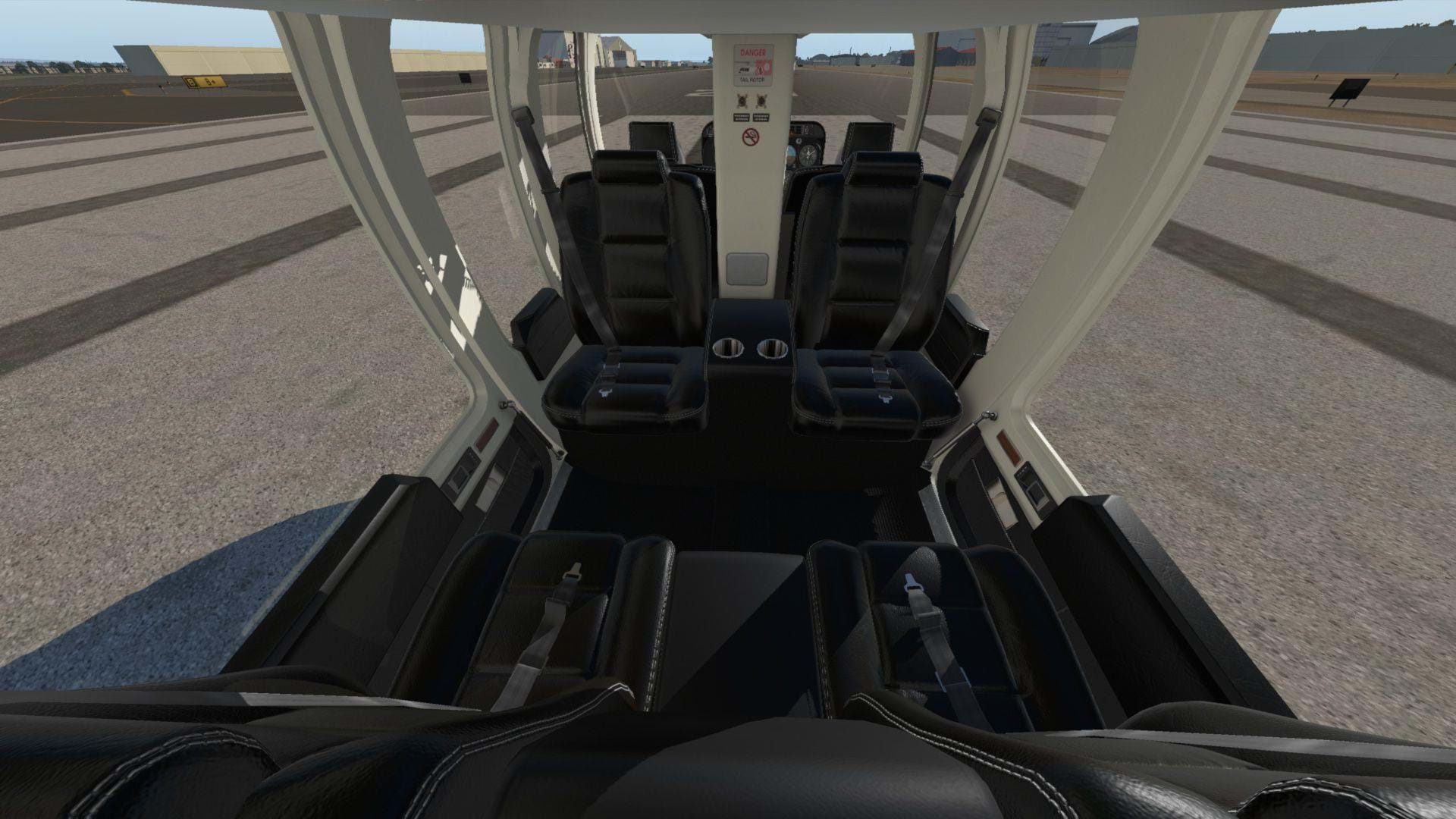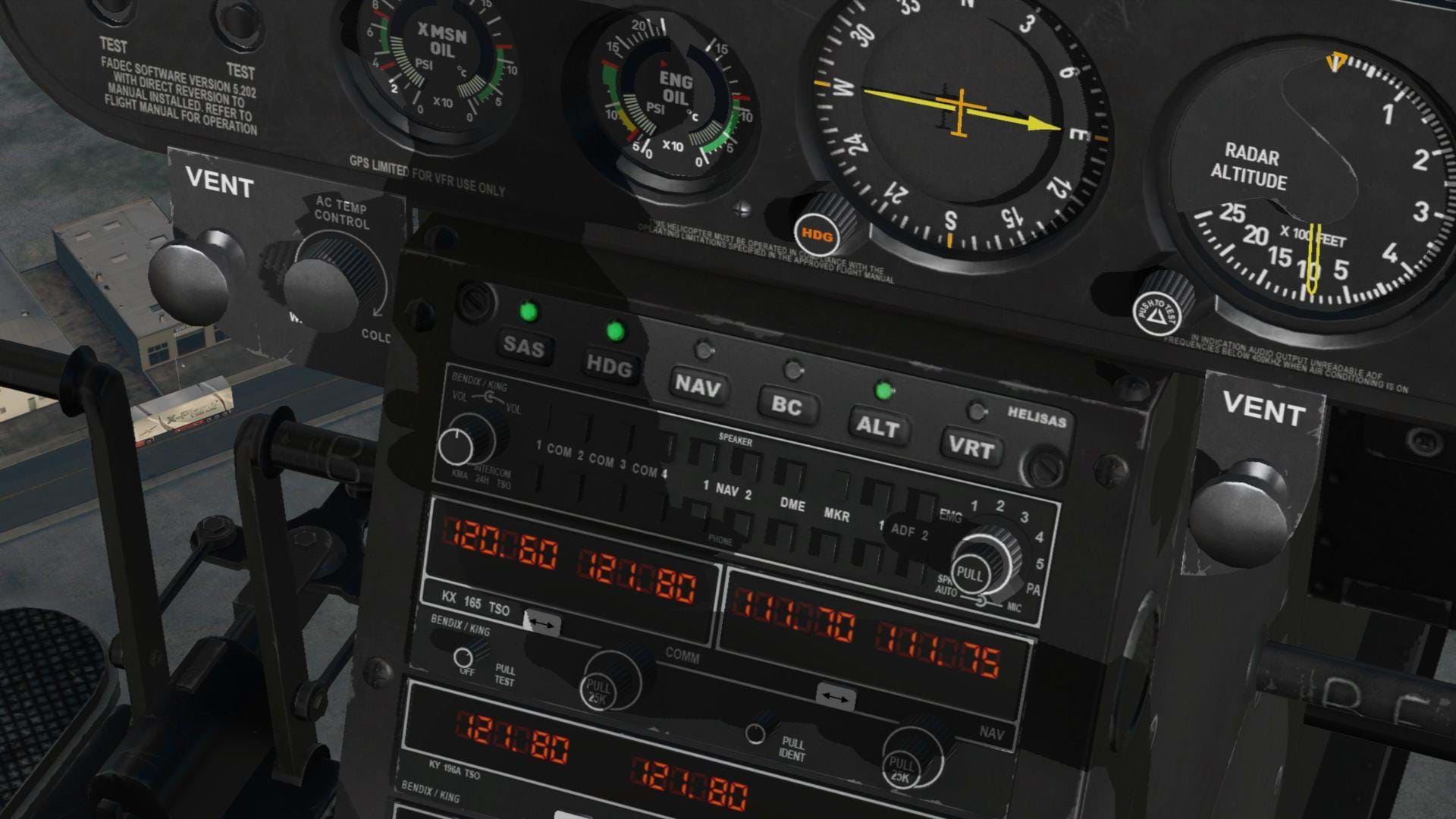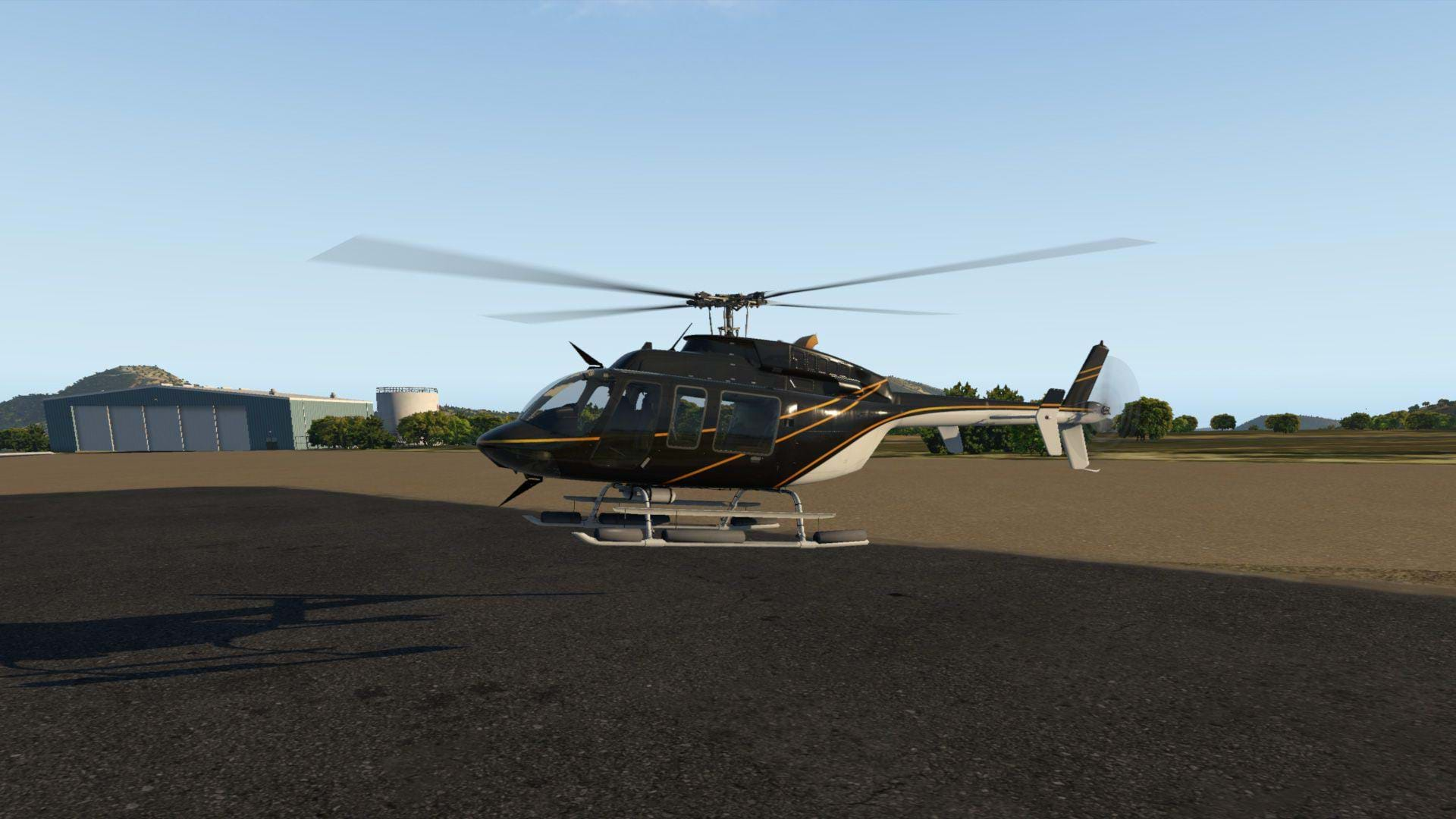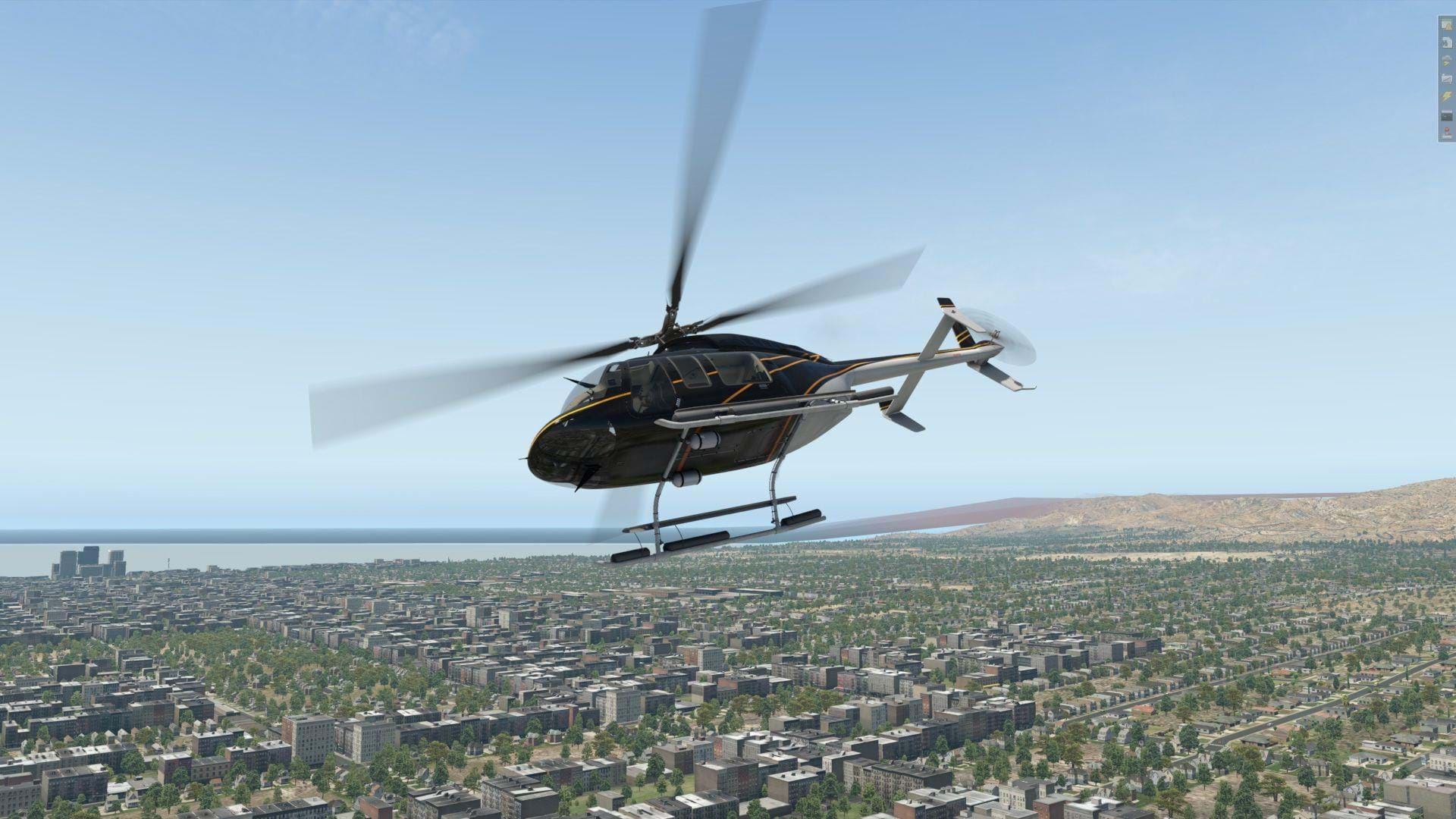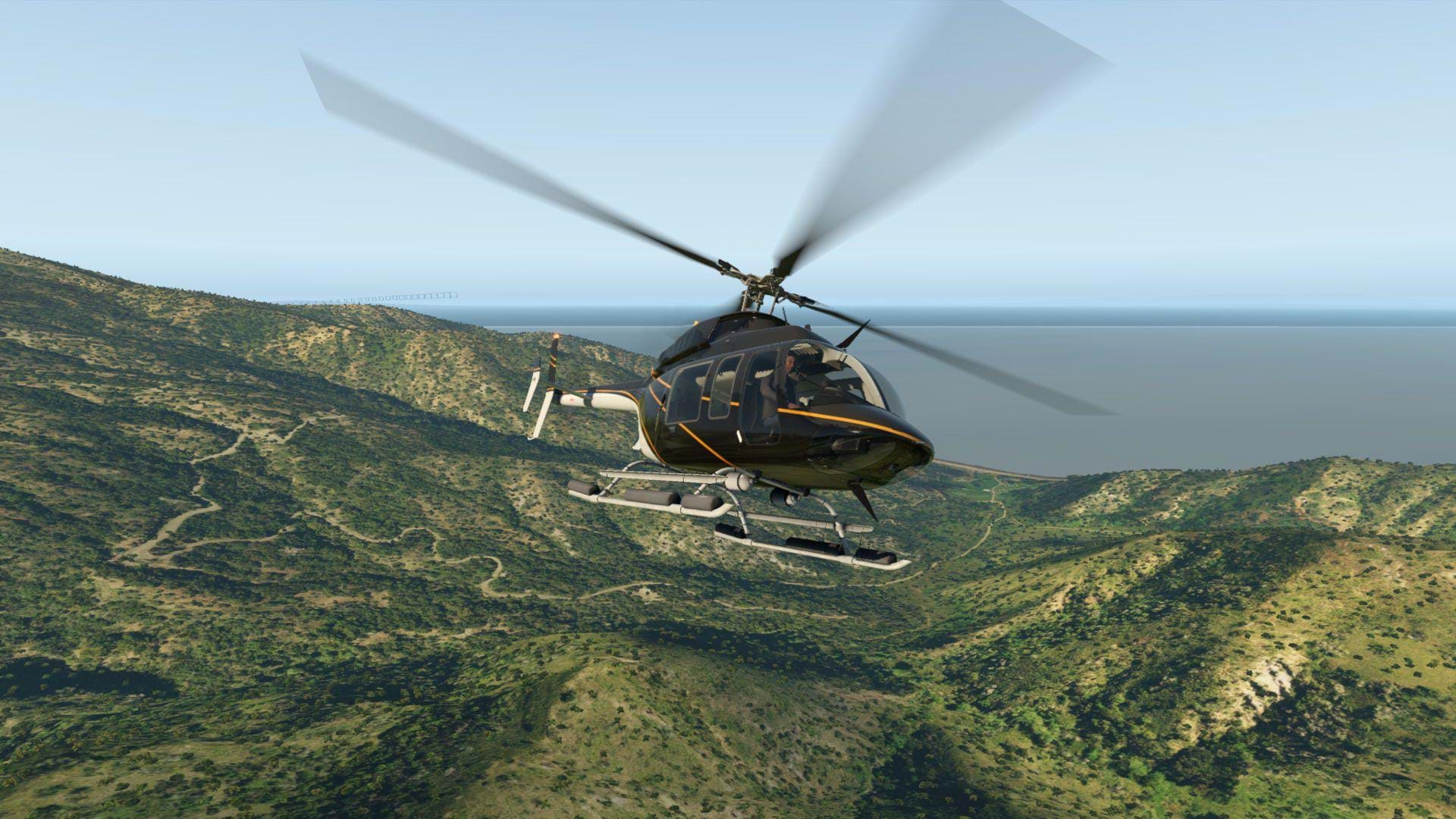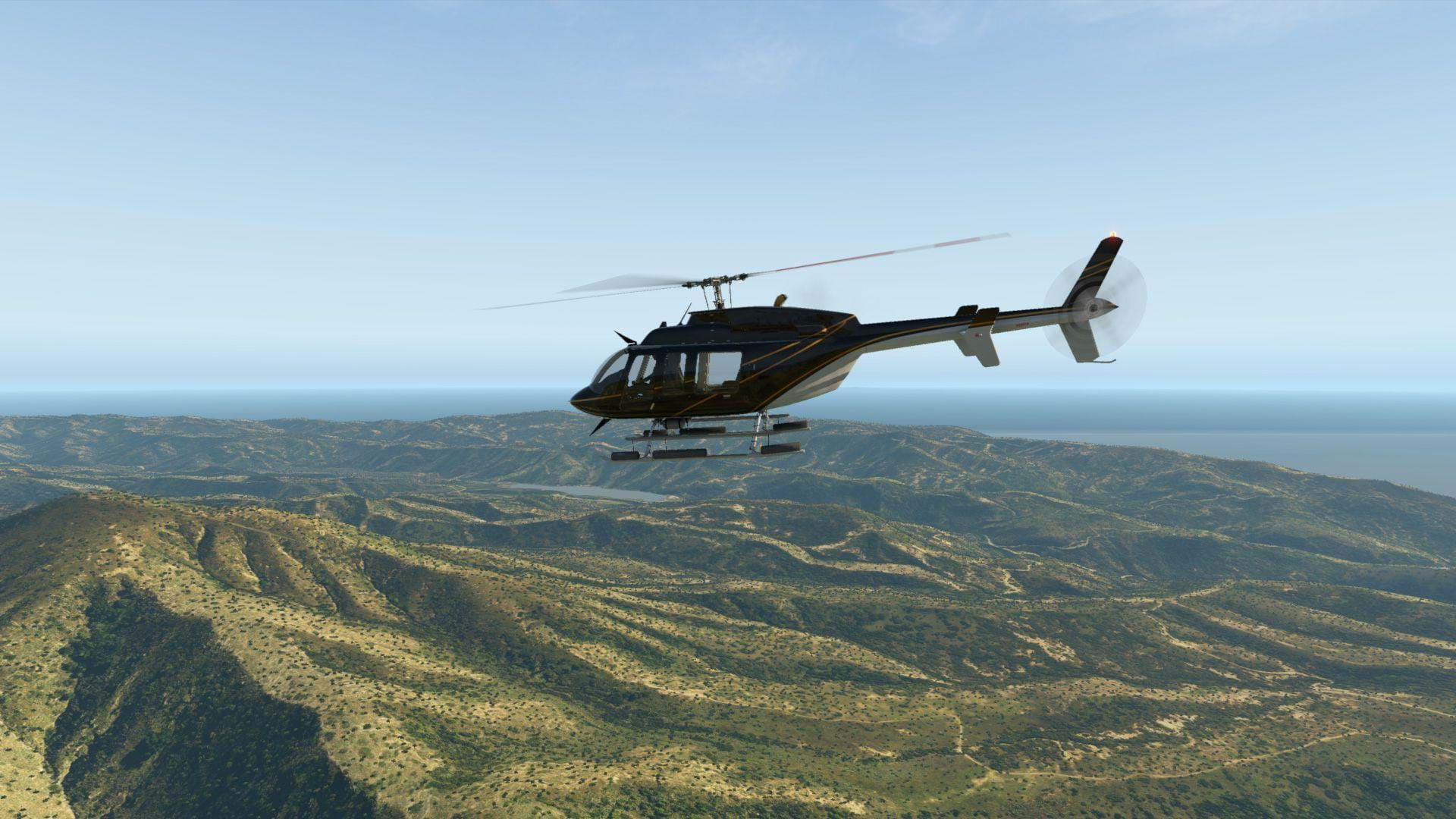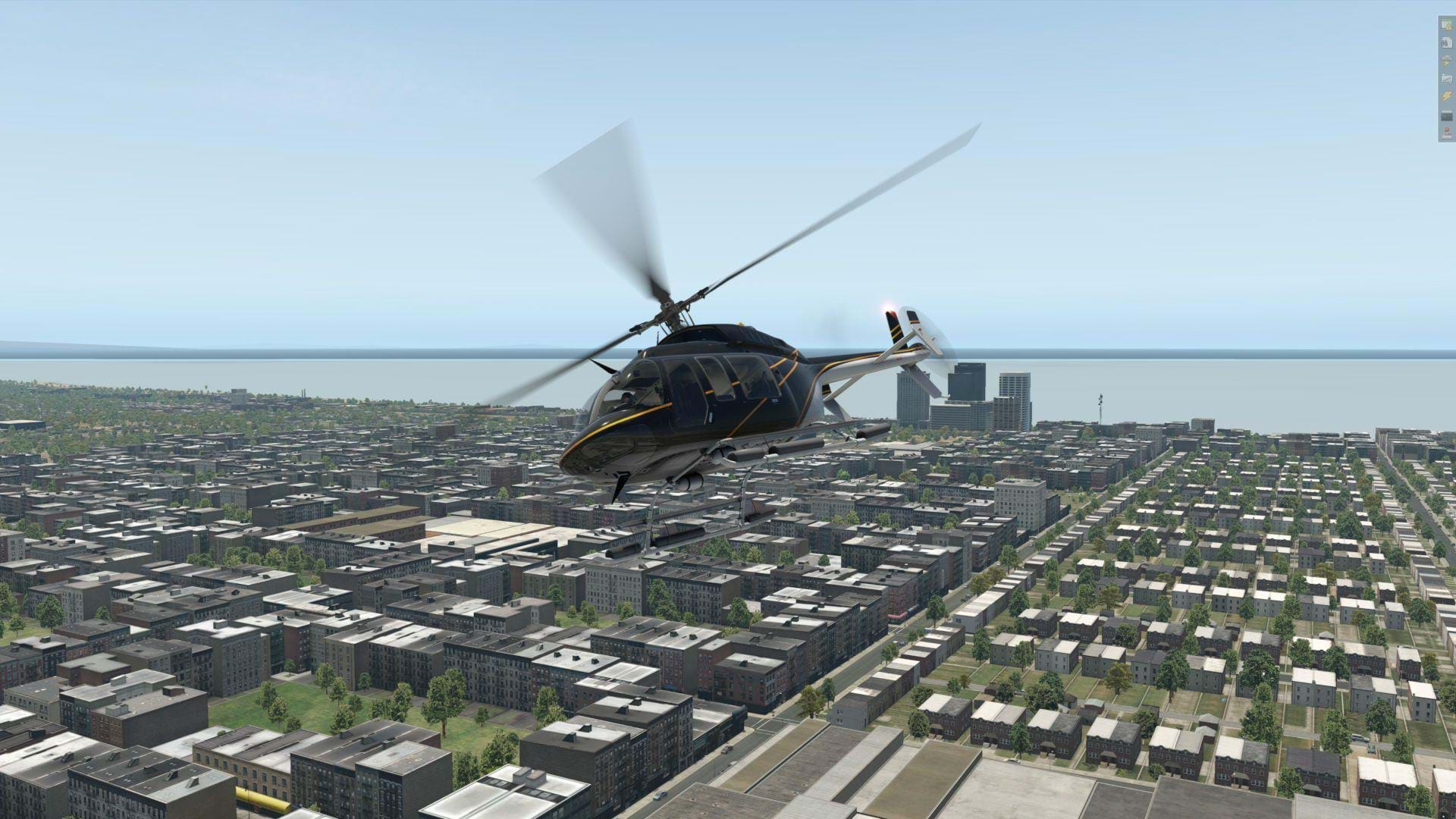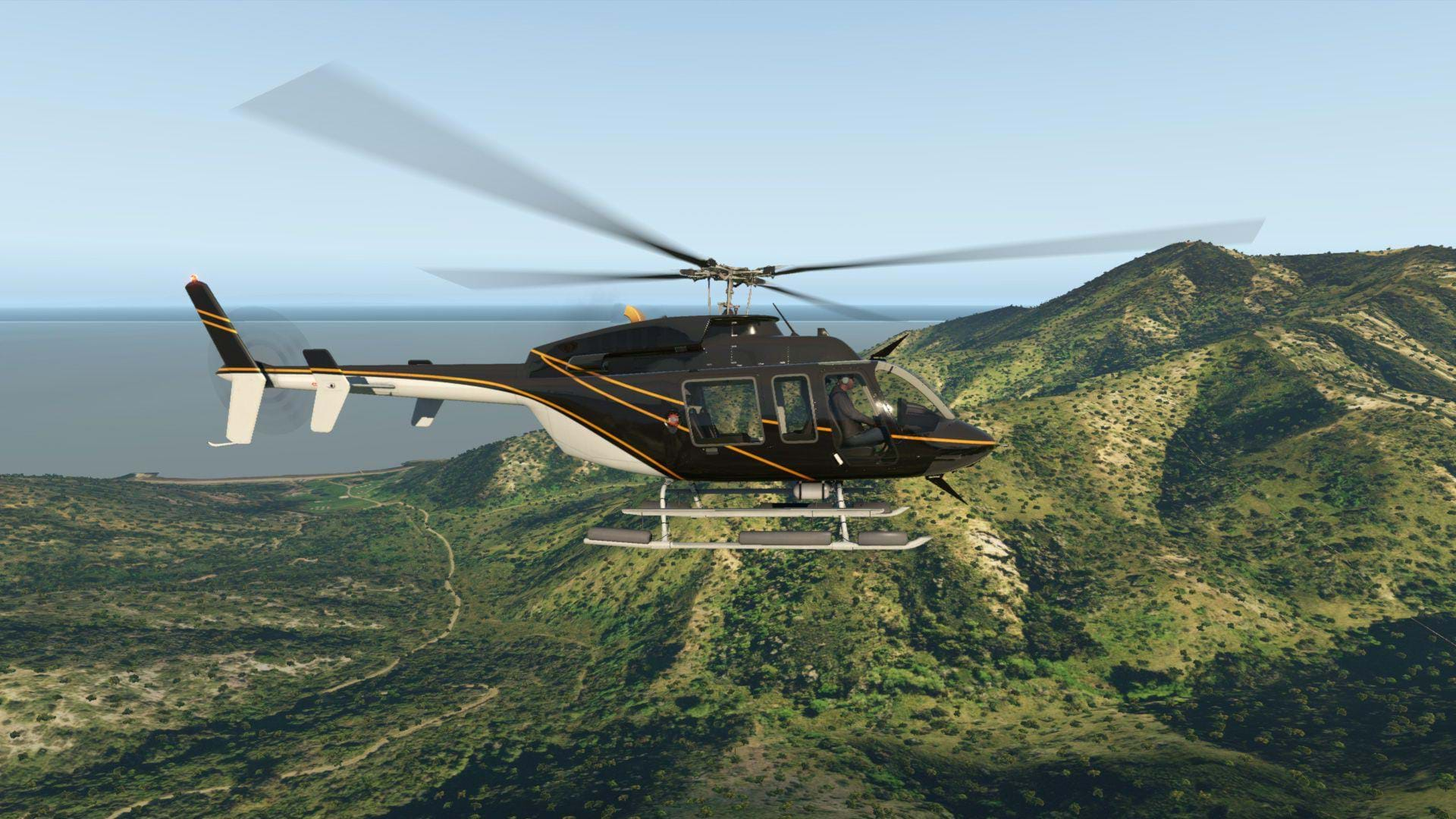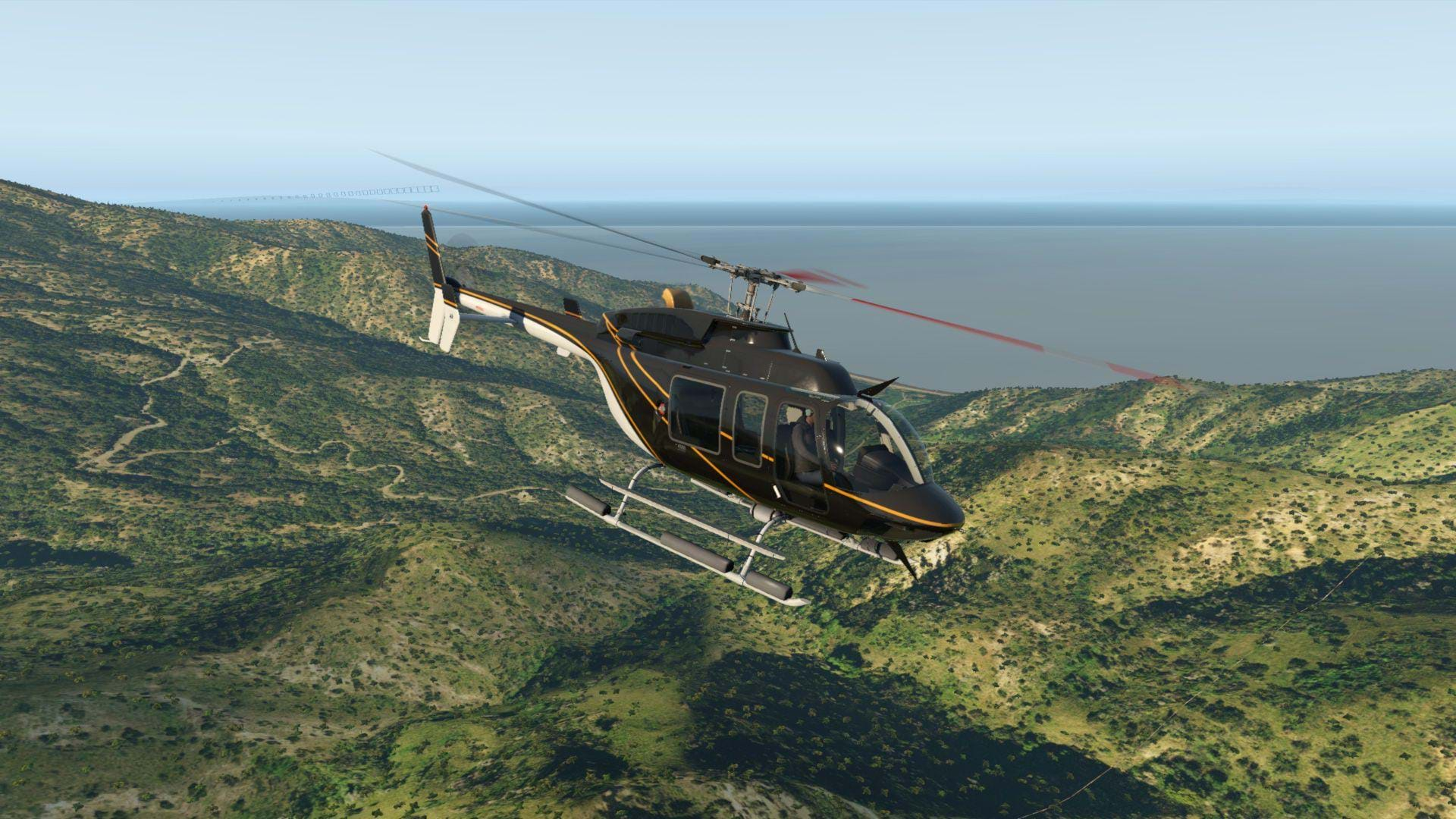DreamFoil Creations has long been the standard bearer for helicopters in X-Plane. There are other stand-out developers, like X-Trident for example, but no other developer has put out the same amount of helicopters and at such a high standard of quality as DreamFoil Creations.
With the release of X-Plane 11, X-Plane users naturally went through the growing pains of porting over their X-Plane 10 models into the new simulator. This is the same struggle us long time simmers have had since the early days of MS flight simulator. When FS98 was released, there were little issues bringing FS95 aircraft models over, but when we got FS2000, things suddenly got a little more complicated.
It wasn’t that the models just didn’t work, although that would eventually become the case with FS 2002 and beyond, but there were lots of little details that didn’t survive the switch to the new simulator.
FSX users haven’t had to deal with this for over a decade, and some people who started the home flight simulation as a hobby after 2006 have never had to deal with it (man, I feel old now). Never the less, with a new platform come new problems. X-Plane 11 and DreamFoil were not immune to this, however fortunately for us, DreamFoil was very proactive in fixing these faults and getting its Flag ship Bell 407 back into service with a new look, new options and a whole new lease on life in the new world that is X-Plane 11.
Is it worth it to buy the upgrade?
This is probably what is on the minds of every one reading this who bought of the X-Plane 10 version of this model. The X-plane 10 version of this model has a few quirks when used in X-plane 11, but for the most part it still works, so why spend the money on a upgrade to the X-plane 11 version? For those who are reading this review to get my opinion on if it is worth the money to by the upgrade I’ll answer that right away so you don’t have to read the whole thing if you don’t want to.
Yes, I think it’s worth the money to upgrade.
Now, here’s why I think so.
Second look
One might be tempted to dismiss this new update as a bug fix and new shinny textures, but it all reality, for the owners of the X-Plane 10 version, I would look at this as more of an addon pack plus an upgrade to X-Plane 11. There are so many new features I won’t be able to cover them all in any great amount of detail, but you can find the full list of them here in HeliSimmer.com’s press release, and the X-Plane.org website. I will, however tell you about the features that sold me on the upgrade.
The DreamFoil Bell 407 for X-Plane 11 features all of the same liveries of the X-Plane 10 version, plus a new “paint kit” livery which is all white. One change to those textures is that they are now with newer, higher quality DDS3 textures that are a significant improvement over the older style PNG textures.
This improvement seems marginal when the aircraft is at rest, but you see a big difference when the light is moving across the fuselage. The External model takes full advantage of the new light physics of X-Plane 11 and is beautifully reflective.
The external model is still pretty much the same as the X-Plane 10 version with all of the same extra options. The skid mounted baskets, Cineflex camera, floats and other options are still there. But with X-Plane 11 there are a few new goodies.
When starting cold and dark, the aircraft loads into X-Plane 11 with all of the tie downs and covers installed. We now get the opportunity to use a feature introduced in the S-300 which is the animated clickable tie downs for the blades. You can now click on a rotor blade, and drag it into position to be tied down to one of the skids. You also get and the clickable pitot tube, inlet and exhaust covers. If you don’t feel like untying all of the rotor blades individually, the external menu has the option to remove them with one click.
You can also, using the mouse, rotate the main rotor via the tail rotor, just like the S-300. Another improvement is that the tail rotor is now 3 dimensional when spinning, giving it a much more realistic look.
Perhaps my favorite new addition to the external model is the ground movement cart. Ground carts are very common throughout the general aviation helicopter community for light skid type helicopters. Some helicopters are small enough to be moved with ground handling wheels like the S-300, and the Hughes/MD500 series.
Although you can move larger skid type helicopters with ground handling wheels, some operators tend to use large trailers that you can land on, or ground movement carts like the one that comes with the new X-Plane 11 version of the Bell 407. The cart appears to be similar to the real life Tiger Tug model 8.0. Using it is easy, when the aircraft is shut down, you select the ground cart from the external menu.
After that you use the mouse to click on the front of the cart and you can watch it rise up to lift the helicopter off of the ground. Now you can move your helicopter around the ramp using forward and aft cyclic input to make the cart go forward or backwards. Left and Right turns are accomplished via the pedals.
This cart is handy if you like to finish your flight by putting your aircraft back into the hangar before you leave for the day. Or if you like to start flights from the hangar, and wheel your aircraft out to the pad.
The internal model has undergone a face lift as well. The new upholstery for the seats and the new textures are the biggest stand out. The new black leather is my personal favorite. The dark brown that replaced the old light tan is also visually attractive. It would be nice if you had the ability to switch the interior trim around with a similar menu as the external livery, but that may be asking a little much. This new interior further distinguishes the X-Plane 11 model from the X-Plane 10, and FSX/P3D versions of this helicopter.
The new interior also benefited from the new reflective graphics of X-Plane 11. It looks even better than it did before, which is fantastic because it was already one of the best looking Virtual Cockpits in X-Plane. If I had one complaint about the reflectiveness of the cockpit, it would be the reflections on the Plexiglas.
On a 2D monitor set up it looks fantastic. But when using the Oculus Rift, it’s unrealistically reflective and in some cases disorienting. Part of this is due to the transparent “reflection” textures that are currently mapped to the canopy Plexiglas. This visually competes with the new X-Plane 11 generated reflections and just makes the canopy look really cluttered. This isn’t a problem specific to the new update for this model. the X-Plane 10 model has the same issue in X-Plane 11.
Sounds
The DreamFoil Bell 407 still benefits from the same outstanding dream engine for sounds as its predecessor. However, the sounds are much better with the X-Plane 11 version. The sound modeling for the engine start is the best example of the improved sounds. The sounds are more clear and crisp, and the engine start sequence is more accurate.
Systems
Once again, you can read the list of all the added features of the X-Plane 11 version of the DreamFoil Bell 407 on this site' press release, or on the X-Plane.org store. All of the systems modeling that made the original X-Plane 10 version so great are still present, and some of them have been improved.
The biggest and most interesting change for me is the option for the HeliSAS system. As the same suggests, this system acts as a Stability Augmentation System for the Bell 407, and it also acts as an autopilot. In real life, the installation of a HeliSAS system will set you back about $120,000USD. Fortunately for us, the simulated version is much cheaper and comes with the update to X-Plane 11.
The heading hold, NAV, vertical speed and altitude hold functions of the DreamFoil HeliSAS are rock solid. Good enough to where I think it now makes the DreamFoil 407 usable as a single pilot IFR ship for simulated IFR/IMC training, which is a big part of how I spend my time in X-Plane.
For the most part, I restricted myself to the X-trident AB412. It’s nice now to have another option for my instrument training flights. Another good thing about DreamFoil’s HeliSAS modeling is that it can be overridden by pilot input at anytime, just like the real HeliSAS. This makes recovery from “uncomfortable” situations much easier.
This added capability is probably the best new feature for me simply because of its value in IFR/IMC training. The HeliSAS modeling also has a distinct influence over the new versions flight dynamics, which we’ll talk about next.
Flight Dynamics
The X-plane 11 Bell 407 doesn’t fly like the X-plane 10 version. The two models are distinctly different in flying characteristics. There is less inherent drift in the new version, but the required cyclic input also tends to be smaller when compared to the X-plane 10 version. So, to put it more simply, the cyclic feels a bit more sensitive, but fewer corrections are needed at a hover. This new update seems to be a little more forgiving in that aspect.
To me, this feels a little more natural and realistic for a helicopter this size. Having never flown the real Bell 407, I can’t say for sure which one is more accurate.
The collective travel is a small improvement over the X-Plane 10 model. In the X-Plane 10 model, if felt like as soon as you lifted the collective off of the floor, the helicopter would leap off the ground. Now, it takes a little bit more collective increase to get the aircraft to a hover, which is more realistic in my opinion.
The yaw control in the pedals is still super sensitive. But it’s even more noticeable now that the cyclic and collective axis has calmed down a bit.
One thing I did test for was the unrealistic, physics defying, slow airspeed 360° roll ability I wrote about in my previous review of the X-Plane 10 version of this model. Needless to say, this new X-Plane 11 model has a healthy respect for the laws of physics and I crashed every time I tied it. So it’s good to see that was fixed.
Now, all of this changes (sort of) when we introduce the HeliSAS. The HeliSAS is optional, you can choose it from the options menu in the cockpit, and add it just as you would the GPS. Like I said earlier, the HeliSAS acts as stability augmentation, as well as an auto pilot. And there is a distinct difference in this models behavior when operating with the SAS engaged.
The modeling of the HeliSAS is actually really impressive. It certainly makes the model more stable, no question about that, but what I found that is most impressive is that it stabilizes the aircraft without sacrificing flight control sensitivity as it would be in a real aircraft. Most simulator models have a SAS that degrades the flight control response in order to achieve the artificial stability, sort of like extreme rate dampening. This results in larger control inputs to get the aircraft to do what you want.
The DreamFoil HeliSAS modeling manages to maintain cyclic response and authority while simultaneously providing its artificial stability which I found to be an impressive achievement. The HeliSAS will be very useful to new users who are just learning to fly. It will also be very useful for more experienced users in helping reduce pilot workload when accomplishing other tasks.
Some self styled “purists” might say that a system like HeliSAS is a crutch, and will likely choose not to use it, which is perfectly reasonable. If you’re a simmer who is looking for the pure challenge of flying a helicopter, leave this option out. Due to its cost in real life, it’s not equipped on very many aircraft, so not using it doesn’t make it any less realistic.
However, if you use home flight simulation to supplement your real world flight training, you’ll really appreciate the HeliSAS capabilities, and its ability to help you focus on the academics of your training goals that day. It will be clear why real world operators spend well over 100K to have these systems installed on their aircraft. I was skeptical about the HeliSAS implementation at first, but throughout my evaluation of this new model I’ve really grown to like it, especially for instrument training.
Performance
The new textures, flight model, sounds and systems are all really nice to have, and I really enjoyed these new features. But for me, the most important improvement by far was the increase in performance in regards to frame rates. One of my criticisms of the old X-Plane 10 model was its significant frame rate impact.
This remained even when porting the X-Plane 10 version into X-Plane 11. With this new update I saw a 20-25 FPS increase on my machine, which is HUGE, especially when flying with a VR head set where every frame counts. After struggling with low frame rates since the release of X-Plane 11, the performance increase of the new DreamFoil Bell 407 made X-Plane 11 a viable option for training again. Now, of course your experience may vary based on your computer hardware.
I’m not claiming that you will see the same improvement I did. But I felt it necessary to share my experience because this is a big part of why I think this upgrade is worth it.

